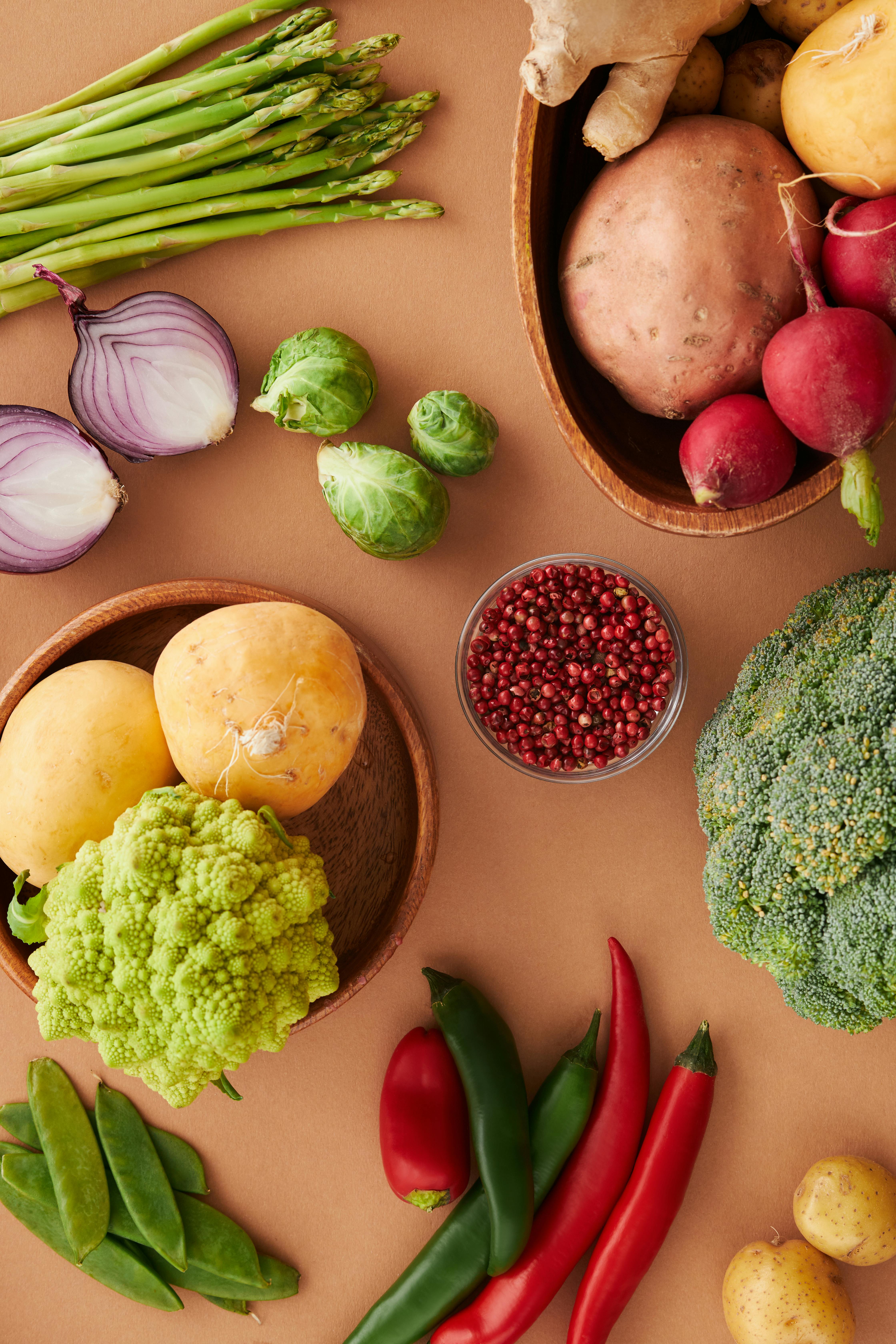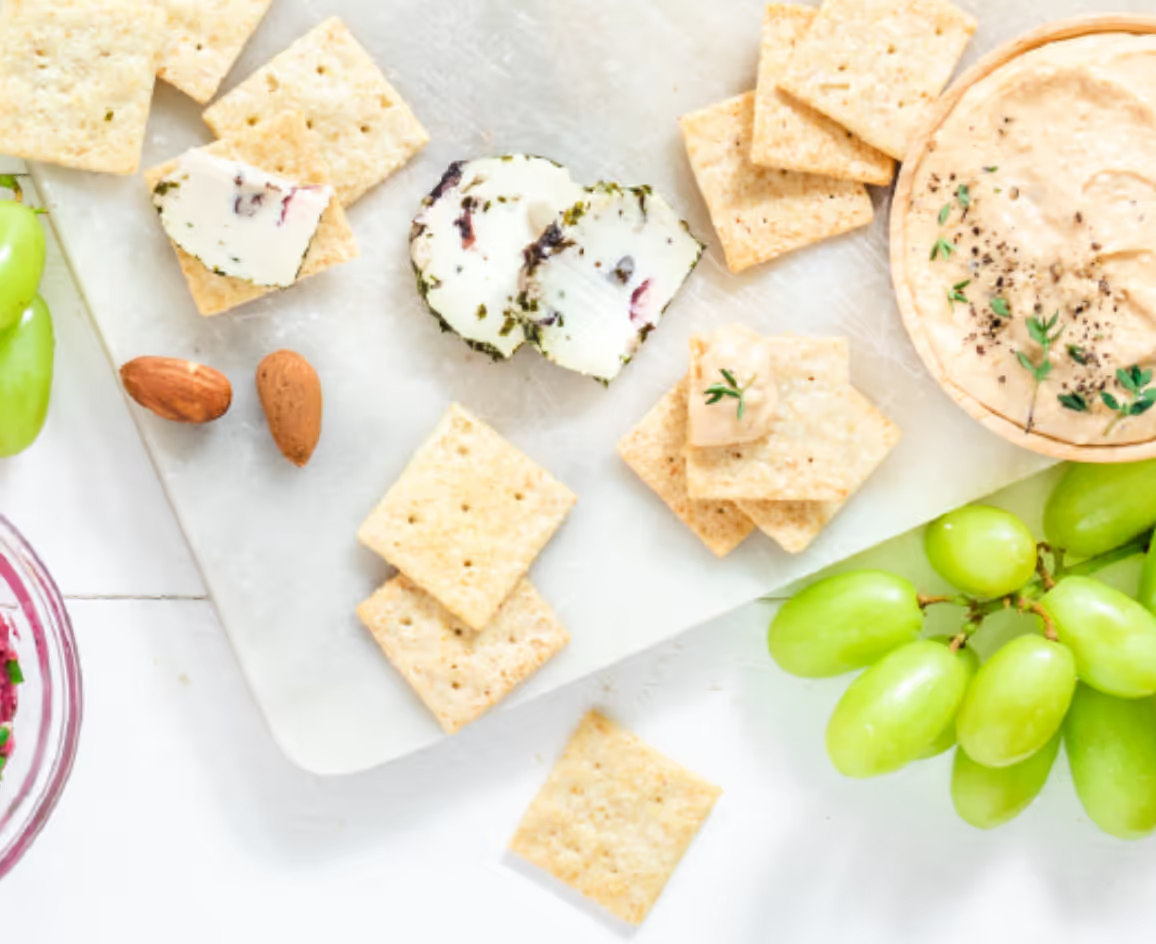
A primary care membership for patients who want more. Primary Care. Nutrition. Wellness. All under one roof.
Everyone remembers the ubiquitous early 2000s GOT MILK? ads that were strung across billboards, filled commercial breaks, and featured mustached celebrities in magazine ads. But today, the days of dairy are in the twilight and non-dairy milks have gained center stage in the “dairy” aisle. While some swap dairy to avoid animal products, others may switch due to lactose intolerance or digestive problems, and others still may simply switch for the taste. No matter your reasons, staying informed on how to pick the best alternatives is an important skill as the non-dairy aisle continues to grow.
The Big Difference
Classic dairy offers a high protein, vitamin and mineral-rich drink option. Classically, we know milk to have a large amount of calcium and, often, fortified vitamin D to support bone health. The protein load in regular milk is a hefty 8 gram per 8 ounce glass, making it a complete and quality source.
Dairy alternatives vary in their nutrient profiles — here are the three we’re most commonly asked about:
- Almond Milk: Almonds are soaked and strained before being mixed with water to create packaged almond milk. Almond milks are often fortified with vitamin D and calcium to mimic nutrients found in dairy milk. But they lack the protein dairy provides.
- Soy Milk: Soy milk is traditionally made by soaking soybeans in water overnight, then grinding the beans with water added during grinding. Mixing the blended soybeans with water retains the protein content of the soybean, making it a comparable option to milk on the protein front.
- Oat Milk: Oat milk is simply rolled oats and water blended together, then strained to leave the pulp behind. This leaves behind a creamy, fuller non-dairy milk, but tends to lack much nutritional value.
Choosing A Non-Dairy Milk
Properly reading a nutrition fact label is step one to identifying a quality product. Check that the non-dairy milk doesn’t have over 2g of added sugar per serving – ideally none. Next, check the ingredients list to ensure there aren’t added inflammatory oils like canola or palm oil. Avoid thickeners, stabilizers, and emulsifiers (like xanthan gum or guar gum); these have been associated with gastrointestinal distress over long term consumption.
We recommend avoiding barista blends completely. They tend to include added seed oils, emulsifiers, fullers & gums, and sugar to create a dairy-like froth, leading to not only a metabolic nightmare (blood sugar spike) but also gastrointestinal irritation.
What’s Lanby Approved
It’s best to keep it simple with your fridge staples to optimize metabolic & gut health, and to reduce overall intake of added sugars and other unnecessary ingredients. MALK, Three Trees, and Elmhurst are all Lanby Approved (and non affiliate, as always!) choices.

If you're curious to learn more about The Lanby, book a free consult call and we'll chat about how The Lanby can be your personalized long term health and wellness partner.

Kendall is a graduate of the University of Mississippi, with a B.A. in Integrated Marketing Communications and a minor in Business Administration. She received her certificate of Nutrition Science from the Friedman School of Nutrition at Tufts University.

Chloe holds a bioengineering degree from the University of Pennsylvania. As a breast cancer survivor, her insights shape The Lanby's patient-centric approach. Leveraging her healthcare strategy background, Chloe pioneers concierge medicine, bridging gaps in primary care.

Tandice was recognized with the Health Law Award and named a Ruth Bader Ginsburg Scholar at Columbia Law School. Tandice's editorial role is enriched by her insights into patient autonomy and gene modification legalities. Passionate about bioethics, she is committed to crafting patient-centric healthcare solutions.





